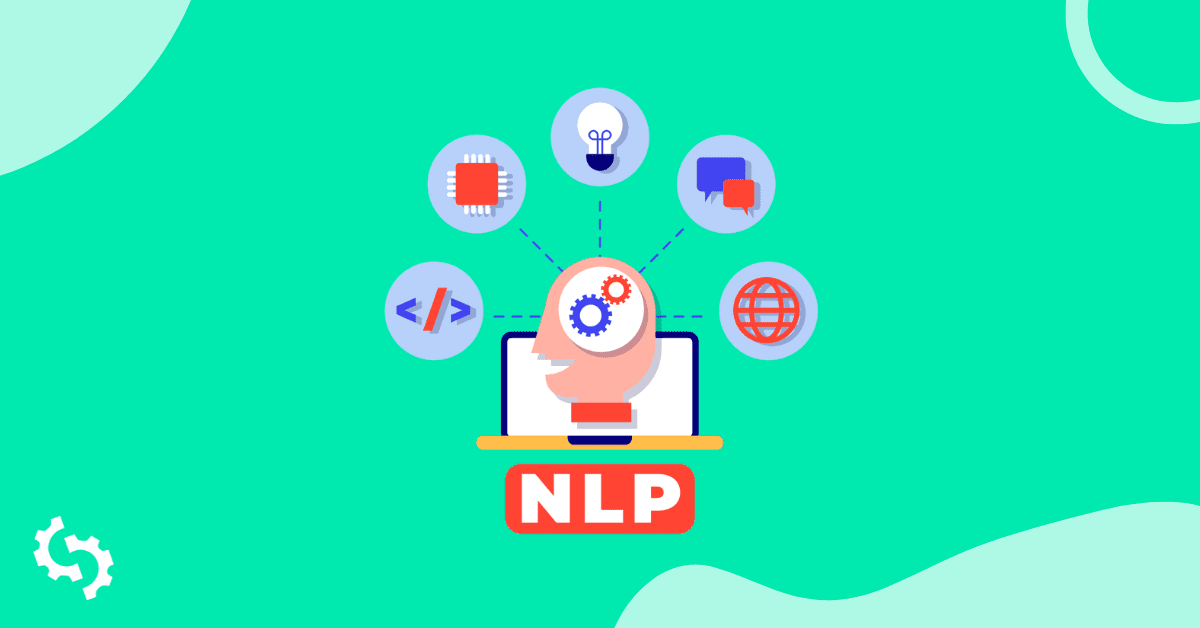In the age of voice search, long-tail queries and conversational typing, the way people look for stuff online has changed. They’re asking questions like “how to fix a leaking tap” or “what’s the best budget SEO company in Sydney” rather than typing a couple of keywords and hitting enter. That shift matters a lot for how Google understands what people want and it impacts how you should approach your SEO.
Behind the scenes, Google uses something called Natural Language Processing (NLP) to make sense of what users really mean, not just what they type. In this piece I’ll unpack how Google uses NLP to interpret search intent, why that matters for your content and ranking and how you can adjust your SEO game accordingly.
What is NLP?
Natural Language Processing (NLP) is a branch of artificial intelligence that deals with human‑language processing, enabling computers to read, interpret and generate language in ways much closer to how people talk and write.
In simpler terms: instead of matching keyword A and keyword B, NLP helps Google figure out what you mean when you type something. It looks at context, sentence structure, entities (people, places, brands) and intent behind the query.
For instance, if you typed “where to find cheap seo help Australia”, the words give clues — but the user might actually mean: “I need a provider that offers good value in Australia for SEO”. The system has to read between the lines.
How Google uses NLP when you search
Google has moved well beyond basic keyword‑matching. Thanks to NLP, here’s how it now deals with your query:
- Recognising intent rather than just keywords
Google’s NLP tries to figure out why you’re searching. Do you want to buy something, learn something, compare options? A query like “buy eco sneakers online” clearly signals intent to purchase; “eco sneakers review” signals research intent.
- Understanding context and entities
One big part of NLP is entity recognition, spotting “Sydney Opera House” as a place, “Nike” as a brand, “SEO services” as a service type. Context matters. For example, the word “bank” could mean a financial institution or a riverbank, context lets Google pick the right meaning.
- Analysing meaning beyond just words
NLP considers how words relate; left and right of a given word, not just the word itself. For example, the introduction of Google’s BERT model aimed to help Google see how words in a sentence affect the meaning.
- Indexing content with meaning
When Google crawls your site, its systems aren’t just looking for keywords; they’re looking for content that meaningfully answers queries, mentions relevant entities, uses natural language, and satisfies user intent.
What does “search intent” really mean?
Search intent is simply what the user is hoping to get when they hit “search” their end goal. Broadly speaking you’ll see:
Informational intent: User wants information (“how to change a tyre”)
Navigational intent: User wants to go somewhere (“Facebook login”)
Transactional intent: User wants to buy or commit (“buy running shoes online”)
Commercial investigation: User is researching before a purchase (“best running shoes 2025”)
When Google understands the intent, it can decide what type of result to show: a blog post, a product page, a map, a local listing. If your content matches the intent, you’re far more likely to be shown.
Why this matters for SEO
If you’re doing SEO in Australia (or elsewhere), this shift means you need to rethink how you create, structure and optimise your content. Here’s what to focus on:
Intent‑driven content, not just keywords
It’s no longer enough to pick a keyword and sprinkle it everywhere. You need to align your content with the purpose behind the search. If someone types “affordable seo services Australia”, they likely want pricing, value, trust ; you should speak to exactly that.
Write like a human — naturally
Since NLP favors natural language, write your content as if you’re talking to someone. Avoid awkward keyword stuffing. If you offer AI SEO services, mention it clearly where relevant, but in a natural way.
Be clear about topics and entities
Mention relevant brands, tools, locations, service types. For example: “Our Melbourne‑based team uses machine‑learning tools to support ai seo services for mid‑size retailers.” That gives the algorithm more context to understand what you do.
Cover the full journey
Users might be at different stages; exploring, comparing, buying. Create content that supports each step: blog posts for information, service pages for commitment, case studies for proof. That breadth signals topical depth and intent coverage.
Quality over quantity
If Google’s NLP models are now better at understanding meaning, sloppy content will get left behind. Make sure your writing is helpful, structured, answers real user questions, uses headings, readable, mobile‑friendly.
Practical steps you can implement today
Here are some actions you can take to align with how Google uses NLP and search intent:
Map your pages to user intent
Create a table of key queries you want to rank for. For each query, ask: what does the user want (info, buy, compare)? Then check if the content matches that intent. If not, revise.
Use clear headings and structure
Make sure each page uses H1, H2, H3 – descriptors that reflect what the user is looking for. This helps both readers and Google’s NLP systems.
Mention relevant entities and context
If you’re a local provider, mention the city, the service type, your unique angle. Example: “We offer seo services Australia‑wide, with a local Melbourne team and global toolset.”
Write conversationally
Use everyday language. Don’t sound like a robot. Think: “If you’re hunting for SEO that doesn’t cost the earth, here’s what you should check…” That tone appeals to readers and aligns with how people search.
Build content clusters
One main service page (e.g., “seo services Australia”) can link out to supporting blogs (“what to look for in an SEO provider”, “how AI changes SEO in 2025”). That shows depth around the topic and helps Google’s NLP recognise you as an authority.
Monitor performance and refine
Use analytics to see what queries bring people to your site, how they behave (bounce rate, time on page). If a page isn’t engaging users, revisit it; maybe it’s not really matching intent anymore.
Bottom line
Google’s NLP capabilities mean the search engine is getting much better at understanding what users mean, not just what they type. That makes aligning your content with search intent more important than ever. Whether you’re offering affordable seo services Australia‑wide, the message is the same: write for humans, match the intent, structure your content well and use language and context that make sense in real conversations.
Remember: search engines are smart, but humans read and engage. If you write for humans first, you’ll naturally write for search. That’s where the winning strategy lies.




























